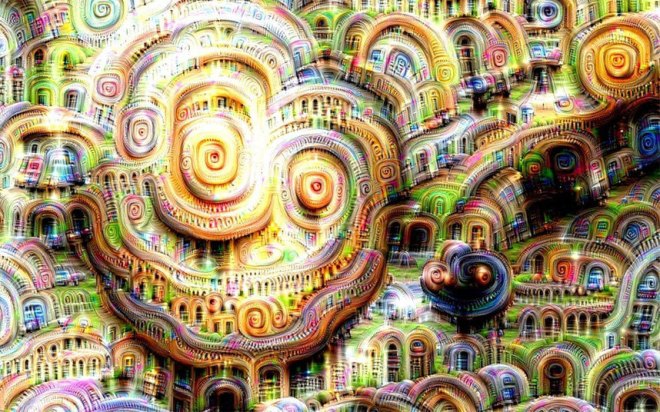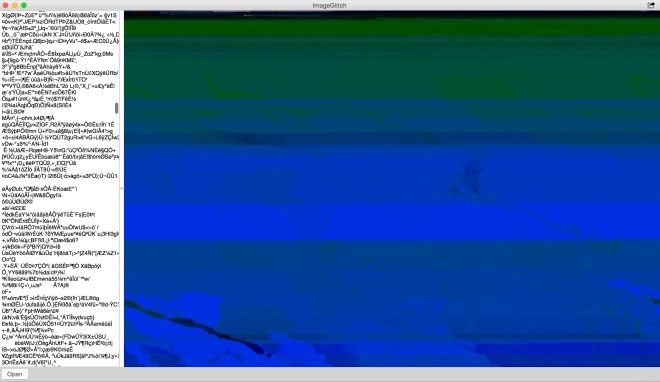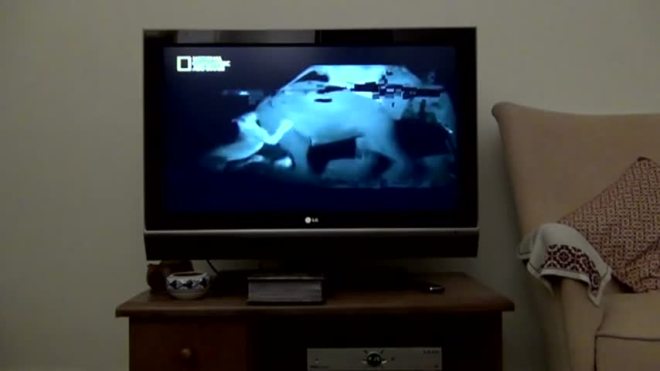
I am excited to be chairing and participating in the panel “Generativity and Creative Agency in Post-Cinematic Media” at the 2016 conference of the Society for Literature, Science, and the Arts (SLSA), which will be taking place this year in Atlanta, November 3-6, 2016. Below you will find the panel description and links to the individual abstracts.
Generativity and Creative Agency in Post-Cinematic Media
SLSA 2016 Panel
Chair: Shane Denson, Stanford University
This panel seeks to elucidate the generative potentials and creative agencies of contemporary audiovisual media, or post-cinematic media. We explore these potentials in terms of technological, aesthetic, affective, and political processes involved in 21st-century media, theorizing their impact on the images that dominate our experience of the contemporary lifeworld. Collectively, these presentations provide a picture of post-cinema as a field of material, cultural, informatic, and ideological agencies—a media regime that exhibits an unprecedented form of productivity, or creative force, owing in part to the shift from a photographic-indexical to a computational ontology, but continuing to speak to human sensibilities through images that actively generate an interface with sub-perceptual and informational processes.
Shane Denson’s contribution introduces the notion of post-cinema as a framework for contemporary experience—a generative framework that displaces human perspectives while simultaneously re-situating them with respect to the microtemporal processes that subtend perception in the age of digital, networked media. Mark Hansen’s talk turns to the use of military drones in the production of strategic and aesthetic images, questioning the relation between the visual and the informatic. Ozgun Eylul Iscen picks up this thread and links the political power of post-cinematic images to the generative power of the glitch, a phenomenon which hovers between properly perceptual and infrastructural registers. Finally, Jason Lajoie’s contribution focuses on interactive potentials and the reconfiguration of photographic media and agencies in contemporary videogames.
Abstracts for the individual papers:
Shane Denson, “Post-Cinema as a Generative Media Regime”
Ozgun Eylul Iscen, “Indexicality as ‘Shadow Archive’ in Post-Cinema”
Mark B. N. Hansen, “Between Information and Fabulation: Cinema After Drones”
Jason Lajoie, “Playing the Photographer: Creative Self-Expression through In-Game Photography”



